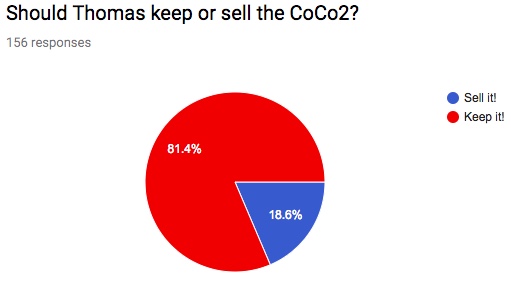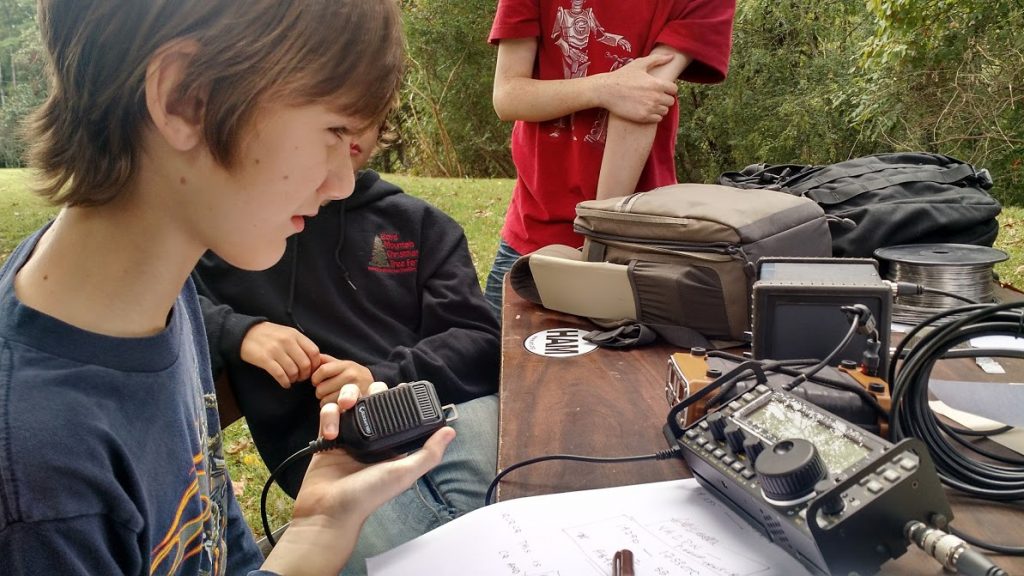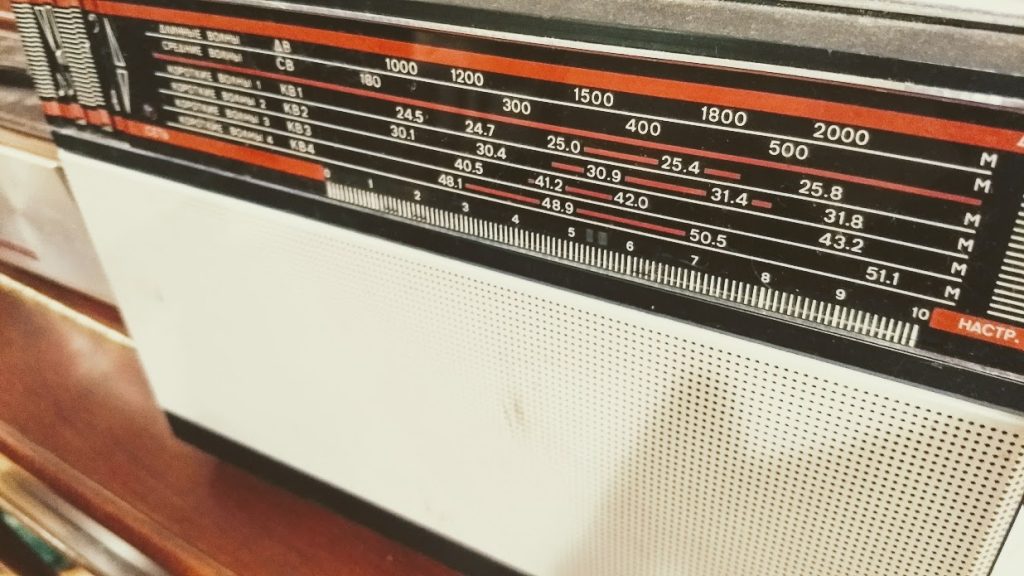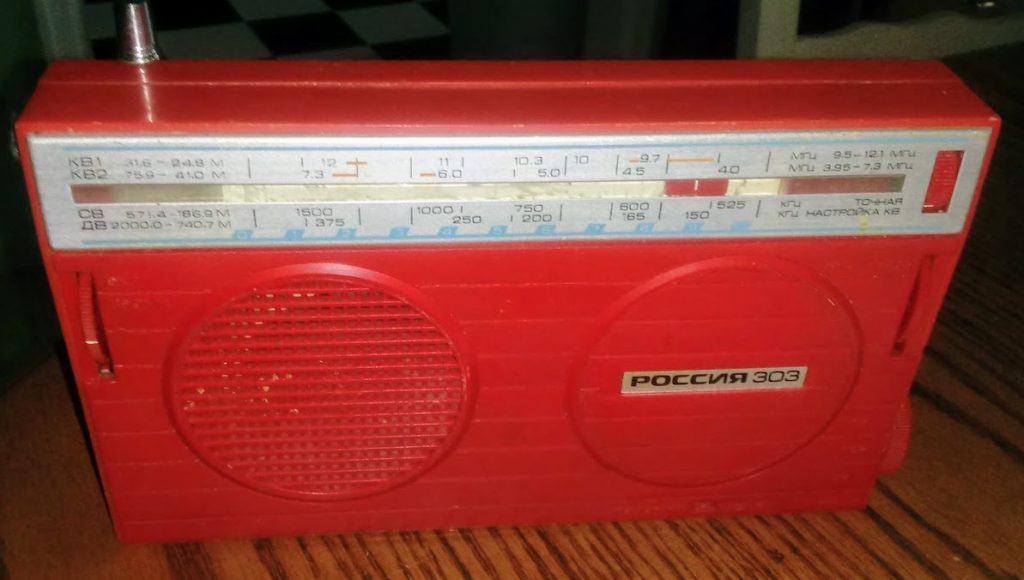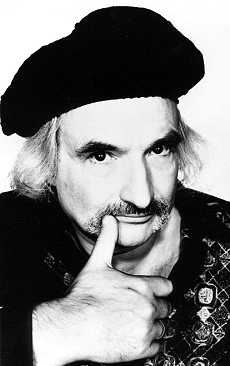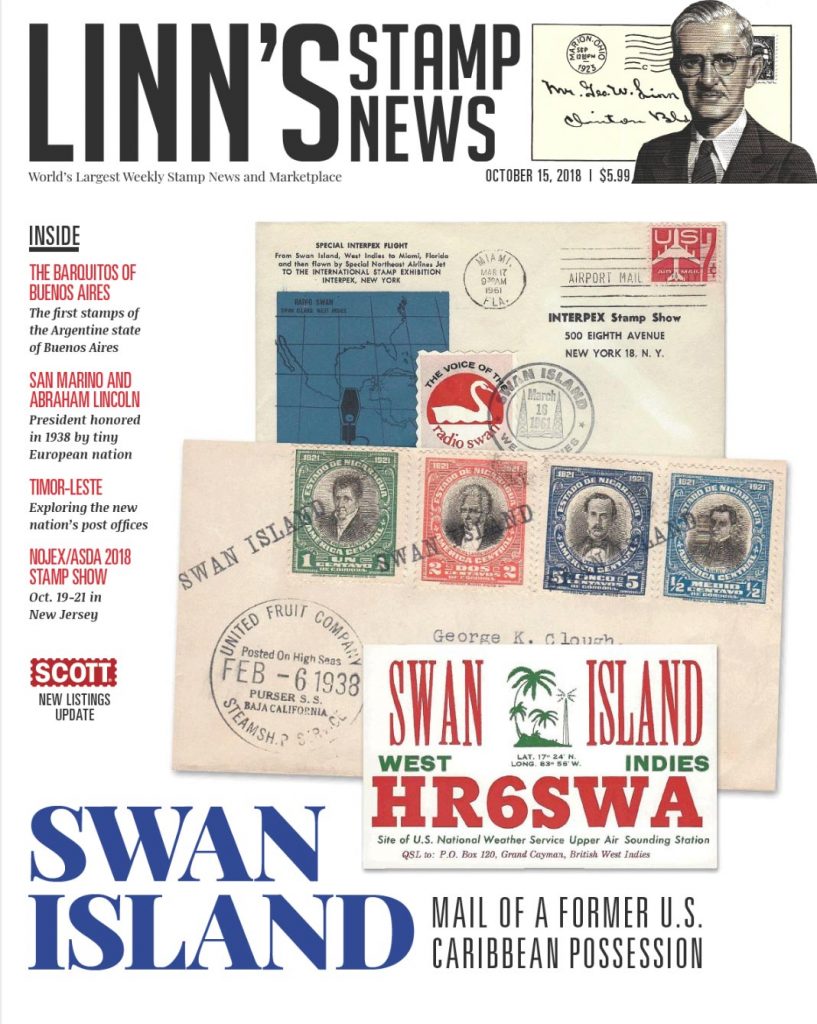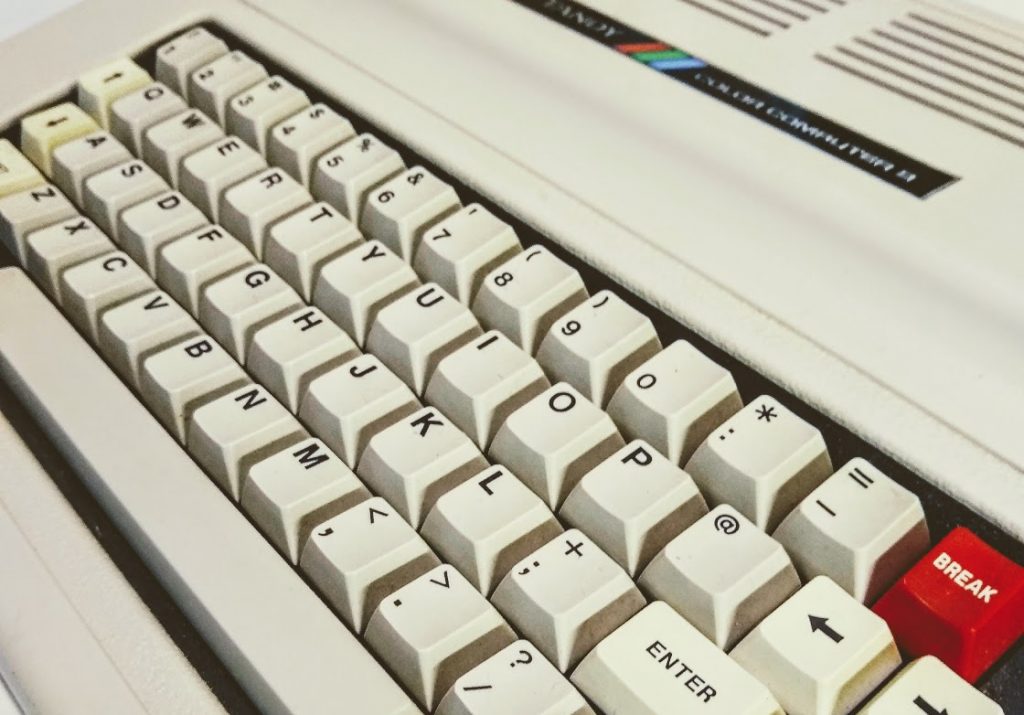
[Click here to read the follow-up to this post.]
We radio enthusiasts are a nostalgic bunch. Let’s just admit that and get it out of the way.
I’ve always found it difficult to let go of vintage radios, but over the past three years I have. I used to have well over a dozen boat anchors (heavy metal tube/valve radios) here at SWLing Post HQ. Today, I have three: my Scott Marine Model SLR-M, Signal Corps BC-348Q and Minerva Tropic Master (the Minerva being the lightweight of the bunch).
I found solace in donating some of my radios to museums and selling or giving them to friends who appreciate and will maintain them.
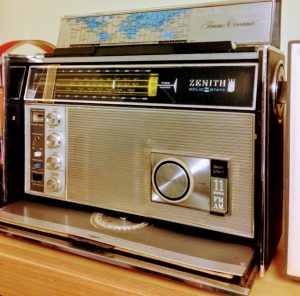
This radio played no small part in my life.
Outside of vintage radios, I have much less trouble selling or giving away my stuff; especially consumer electronics. I have very little attachment to those. I’ve never fallen in love with a phone, laptop, desktop or desktop PC.
Save my first personal computer, the TRS-80 Tandy Color Computer 2 (a.k.a. Coco 2).
I always tell people the two things from my childhood that had the most impact on my life were my Zenith Transoceanic shortwave radio and my Tandy Color Computer 2.
The shortwave radio kindled my interest in world news, languages, culture, music and traveling. And…well, it eventually lead to a lifelong passion in radio and, consequently, the SWLing Post.
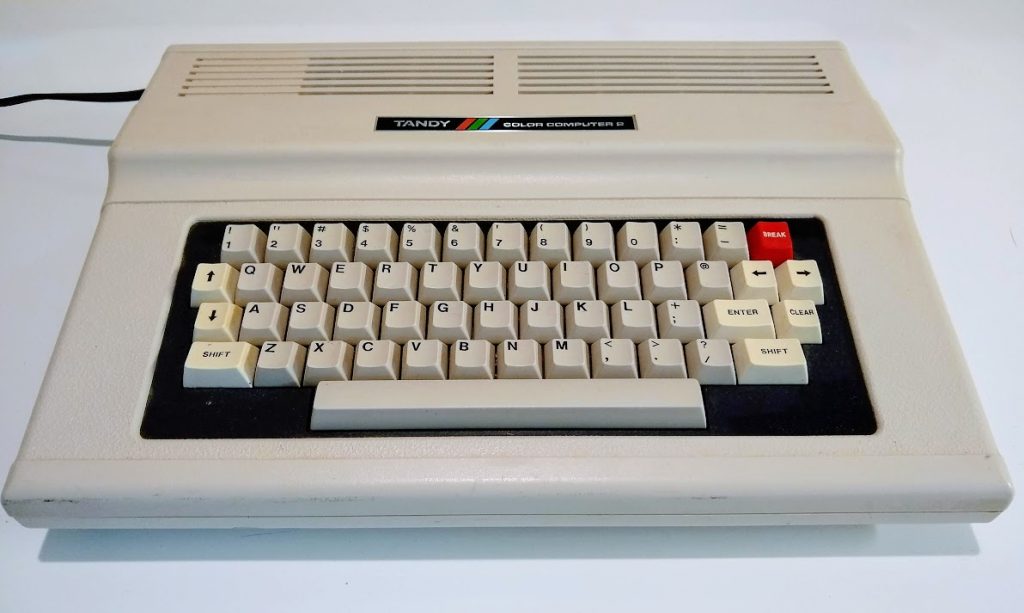 Incidentally, The CoCo 2 taught me a skill that would also change my life.
Incidentally, The CoCo 2 taught me a skill that would also change my life.
Without knowing it at the time, the CoCo 2 taught me programming.
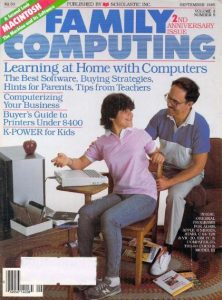 I couldn’t afford game cartridges as a kid, so I programmed my own simple CoCo 2 games with Family Computing magazine (remember them–?).
I couldn’t afford game cartridges as a kid, so I programmed my own simple CoCo 2 games with Family Computing magazine (remember them–?).
Each month, Family Computing featured a number of programs and games you could input yourself. It was brilliant! My best friend, Junior, had a subscription to the magazine and would bring each issue over to the house and we’d type in lines and lines of code with the ultimate goal of playing a game or making our computers do something new.
Of course, 11 year old kids aren’t the best typists, so we’d always had to debug the code, following the error trail before the program would work. We’d also modify the code afterwards to see how it would change the program–it was amazing fun!
Keep in mind my CoCo 2 only had a whopping 16K of memory and all of it was volatile. Each time I’d turn the unit off, I’d lose everything I’d typed in. That is, until I could afford a tape recorder to save and load my programs (I still have it around here somewhere…).
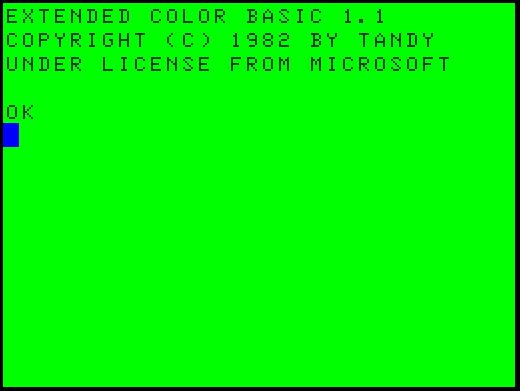 Fast forward a dozen or so years…
Fast forward a dozen or so years…
In my first “real” job out of college, my manager noticed quickly that I could program and modify local copies of company databases so that my applications were more efficient and tailored to my job. The database system used a formula language that followed the same logic as the CoCo2’s Basic, so was pretty simple to pick up once I sorted out the commands and syntax. To be clear, I wasn’t hired for programming or IT skills, in fact it never came up in the interview as I was being hired for my French language skills.
Other than the Coco 2, I had no IT or computer studies in any formal setting–not in high school and not in college. Within three years at the company, I was promoted and sent to Europe to tie together and develop a number of database systems for the company’s various international sites. It was an dynamic, fun and rewarding career.
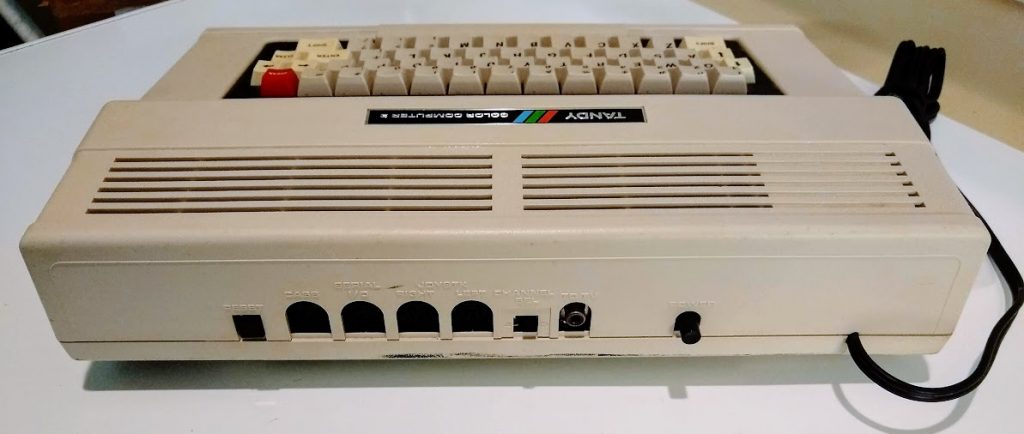 None of that would have ever happened had it not been for the CoCo 2.
None of that would have ever happened had it not been for the CoCo 2.
So why am I considering selling the Coco 2?
Frankly, I never use it and don’t even have the adapter to plug it into any of my modern monitors. I’ve only been keeping it for sentimental reasons. I’ve been trying to let go of things I don’t use and this would certainly fall into this category. I doubt it’s worth a lot…perhaps $20-$40? I’m not really sure.
Then again, I almost gave my Zenith Transoceanic away once and am very thankful now that I didn’t.
As I was about to put the CoCo 2 on eBay, I pressed pause and wrote this post instead.
What do you think? Should I sell it or keep it? What would you do?
Also, are there any other early PC enthusiasts out there? Please share your thoughts! While this isn’t a PC blog, I image this might be a common thread among us radio enthusiasts. Please comment!
And for fun, here’s a little poll to help sway me:
Do you enjoy the SWLing Post?
Please consider supporting us via Patreon or our Coffee Fund!
Your support makes articles like this one possible. Thank you!

After recently being demonstrated at the Tokyo Hamfair, we are pleased to announce that the new RS-R30I (for iOS)/RS-R30A (for Android) remote control software for the IC-R30 Communications Receiver is now available to download for FREE from the App Store and Google Play.


